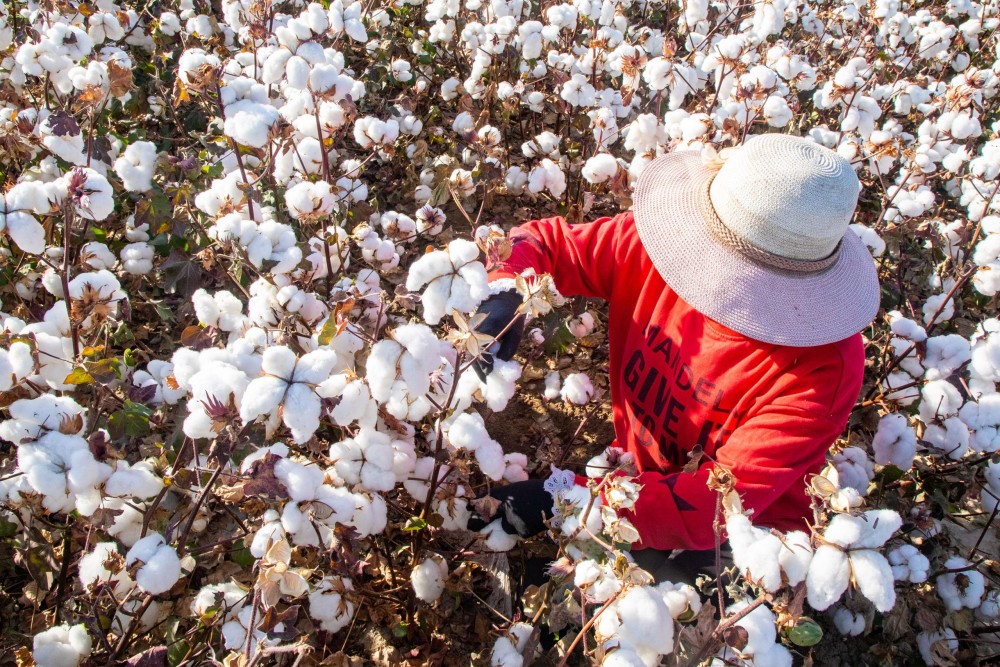Battle: 1757
By Anwarul Islam
 We’ve all heard the cliché: ‘A shot heard around the world.’ It refers to the start of the revolutionary war in 1775 that gave birth to United States of America. In June 23 of 1757, about eighteen years before that shot, a similar incident of epic significance occurred in a not-so-known battlefield halfway around the world in India. That case, however, is known not for the firing of a shot, but rather its withholding. The outcome of the battle of Plassey would usher in the world in which we live today.
We’ve all heard the cliché: ‘A shot heard around the world.’ It refers to the start of the revolutionary war in 1775 that gave birth to United States of America. In June 23 of 1757, about eighteen years before that shot, a similar incident of epic significance occurred in a not-so-known battlefield halfway around the world in India. That case, however, is known not for the firing of a shot, but rather its withholding. The outcome of the battle of Plassey would usher in the world in which we live today.
Plassey is a place in West Bengal of present day India. It is located about twelve miles north of the city of Kolkata. The battle that took place there was between Englishman Robert Clive of East India Company and nawab of Bengal Siraj-ud-daula. It was not a big battle. A few Englishmen and few hundred of the nawab’s soldiers were killed.
Instead, the real battle in Plassey was fought in a dark alley of intrigue and treachery, underscored by the incompetence of a young nawab. The actual details of the battle are unclear. Only one thing is certain: the shots that were supposed to have been fired for the nawab were not fired. The cannons under the command of his general, Mir Jafar, remained silent.
The battle mirrored the fractured, bickering ruling class of India at that time. The silence would change Bengal and India’s history. It would prove a definitive moment in world history and eventually pave the way for the domination of English speaking people in the world.
Robert Clive, later know as Baron of Plassey in England, became one of the richest person of England as a result of this battle. And that evoked some not-so-subtle jealousy from the established order of that time. He had to face parliamentarians to explain his actions. In his defence, he offered, “Consider the situation in which the victory of Plassey placed me. A great prince was dependent on my pleasure; an opulent city lay at my mercy; its richest bankers bid against each other for my smiles, I walked through vaults which were thrown open to me alone, piled on either hand with gold and jewels. Mr. Chairman, at this moment I stand astonished at my own moderations.â€
Mr. Clive did not mention about the silver of Bengal. May be he did not find it as glittering as the gold and jewels or it was stored in some other vaults. But for centuries silver and gold had found its way into Bengal as a result of its trading relation with the world. The Rupee, the currency of India, Pakistan and many other countries got its name from Rupa or silver as in known in many Indian languages.
Today, it is difficult to mention Bengal and wealth in the same sentence. At one time, however, Bengal was one of the most prosperous places in the world. Even after forty years of East India Company’s plundering, it still remained one of the two leading manufacturing centers of the world.
In 851, Arab Geographer Ibn Khurdabhbih wrote about his personal encounter with Bengal’s cotton textile and praised them for their superior beauty and fineness. These textiles of Bengal would attract merchants from around the world, who would buy its products in exchange for precious metals. Before the arrival of silver from the mines of Potosi in Bolivia of the New World, silver came from upper Burma-Yunnan mines which the rulers used to monetize their economies. In the middle of the first millennium, Bengal’s economy became monetized and silver coins became the medium of exchange. Then the Portuguese came to Bengal in early sixteen century flushed with new world silver.
Eventually, the silver went back to Europe. Leadership of the world changed hands from Portugal and Spain to England with a brief interlude of Dutch hegemonic piracy. For the British, the taxes received from India’s peasants—who cultivated of fertile land in the Bengal Delta—would lubricate its economic and military engine. India became the captive market for British Industrial Products as punitive tariffs would destroy the local textile industry in order to make room for the products of Manchester. The directors of the East India Company became enormously rich and thus gained influence over governmental policies. As the parliament became stronger, the monarchy became weaker.
On a military and political front, the victory of Plassey was the impetus for British mastery of the world. The British gained control of the saltpetre of Bengal, the indispensable ingredient of gunpowder. With Bengal under sole control of the East India Company, the French had to make do with an inferior domestic supply of saltpetre, resulting in a suit for peace in 1763. Ending the seven year war, it paved the way for the rise of the British supremacy in the world.
For the East India Company, the booty of Plassey was huge. Two hundred barges loaded with silver and gold were floated from Bengal’s capital, Murshibad, to London. It is almost certain that the barges floated down the Ganges contained that silver the Portuguese brought in. American historian Brooks Adams states a direct link between the industrial revolution and Plassey: “Very soon after Plassey, the Bengal plunder began to arrive in London, and the effect appears to have been instantaneous; for all authorities agree that the ‘industrial revolution’, the event which has divided the nineteenth century from all antecedent time, began with the year 1760.â€
13-39













2011
872 views
views
0
comments